Kuttanad

coir handloom


ALAPPUZHA

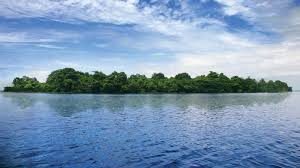
The legend says that the island called Pathiramannal is formed when Vilwamangalath Swamiyaar,
an ardont devotee of Lord Krishna wanted to do his evening rituals, the lake had made way for the land rising from
below for him.
Location: Veli
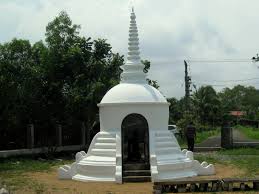
Karumadikkuuttan’ , a renowned Buddhist pilgrim centre in Karumady, Ambalapuzha about 20 Km towards south east to the district head quarters on Ambalapuzha-Thiruvalla Road. Location: Varkala
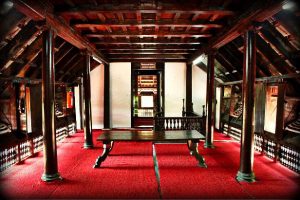
Krishnapuram Palace Built by Marthandavarma Maharaja at Kayamkulam in Karthikappally Taluk is famous for its mural depicting the story of ‘Gajendramoksham’. This Palace museum houses antique sculptures, paintings and bronzes. Location: Ponmudi
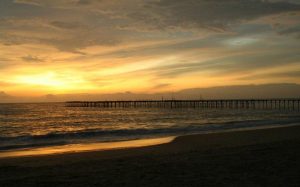
This is one of the most popular picnic spots in Alappuzha.
The pier, which extends into the sea here, is over 137 years old.
Location:
Kovalam
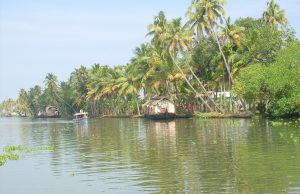
These regions are wonders of the indigenous agricultural engineering
know-how of Kerala and remind the visitor of the famous dikes of Holland.
Location:
Thiruvananthapuram
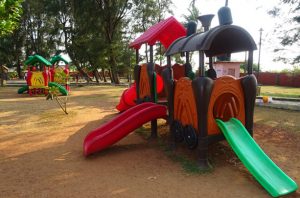
Picnic spot with children’s park & boating facilities.
Location:
Pazhavangadi
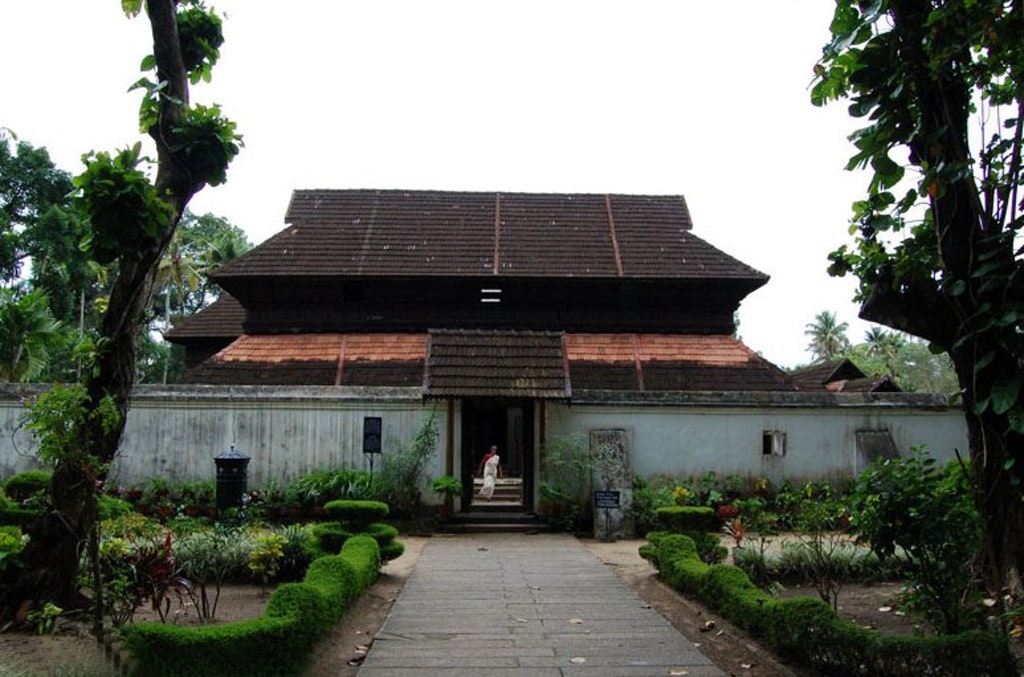
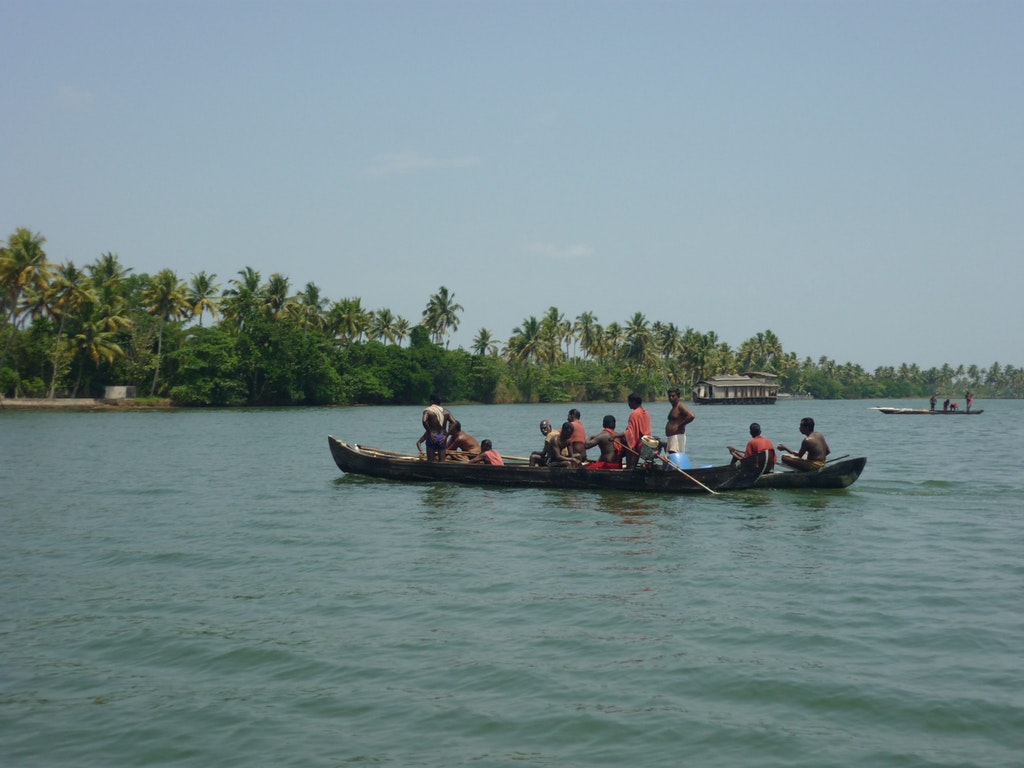
Alappuzha is a Land Mark between the broad Arabian sea and a network of rivers flowing into it.In the early first decade of the 20th Century the then Viceroy of the Indian Empire, Lord Curzon made a visit in the State to Alleppey, now Alappuzha. Fascinated by the Scenic beauty of the place, in joy and amazement, he said, “Here nature has spent up on the land her richest bounties”. In his exhilaration, it is said, he exclaimed, “Alleppey, the Venice of the East”. Thus the sobriquet found its place in the world Tourism Map. The presence of a port and a pier, criss -cross roads and numerous bridges across them, a long and unbroken sea coast might have motivated him to make this comparison.Kollam prides in a rich socio-cultural history from ancient times. It had been a hub of royal administration while being the capital of the ancient Venad province during 9th to 12th centuries C.E. Its proximity to the sea and the presence of the natural harbour at Neendakara had occasioned commercial transactions with foreigners from ancient times. References to Kollam can be found in Roman and Phoenecian accounts from the first century C.E. In later times, it finds mention in the travel writings of the Chinese, Arabs and Europeans like Muhammad Ibn Battuta, Sulaiman Al- Tajir and Marco Polo dating from 9th century onwards. The oldest name of Kollam is “Desinganadu” after the king Jayasimha from whom the Venad dynasty is supposed to have originated. The name Kollam has a long etymology bearing the marks of the place’s history spanning centuries. One theory has it that the name Kollam derives from the Sanskrit “kollam,” which means pepper, because the place had been an ancient trading and exporting centre for pepper. “Kollam” is also supposed have formed from “koyillam”, a telescoping of kovilakam (palace) and illam (brahmin house). Some believe that “Kollam” comes from the Chinese word “kolasam” meaning a big market. Yet another theory proposes that the Sanskrit “kollam” also meant a boat, and the place got its name owing to is being a port town where boats were harboured. Called the ‘Evergreen city of India’, Thiruvananthapuram is the capital of the state of Kerala. The city comprises beautiful beaches, long stretches of palm fringed shorelines, windy backwaters and historical structures. Along with its natural and historical significance, the city is also popular for its ancient temples that are renowned for their architecture making Thiruvananthapuram one of the most visited pilgrim centers of India.
TAlleppey has a wonderful past. Though the present town owes its existence to the sagacious Diwan Rajakesavadas in the second half of 18th century, district of Alappuzha figures in classified Literature. Kuttanad, the rice bowl of Kerala with the unending stretch of paddy fields, small streams and canals with lush green coconut palms , was well known even from the early periods of the Sangam age. History says Alappuzha had trade relations with ancient Greece and Rome in B.C and in the Middle Ages.he term “Kollavarsham” designating the indigenous calendar of Kerala (Malayalam Era) owes its origin to the historical fact that the calendar was commenced by the royal decree passed at Kollam by the Travancore king Udayamarthanda Varma in 825 C.E. The calendar was the outcome of the joint effort of scholars under royal patronage during that year. Kollavarsham was brought into effect in the whole of Travancore and also at the provinces of the Chera kingdom which were then under the rule of the Travancore king.In the late 17th century, the city was the capital of the Travancore kingdom that was ruled by the Varma dynasty. After forming the Travancore kingdom, Maharaja Marthanada Varma dedicated it to Lord Padmanabha, the presiding deity of Shri Padmanabhaswamy temple and named the city ‘Thiruvananthapuram’.
InCarved out of erstwhile Kottayam and Kollam (Quilon) districts, Alleppey district was formed on 17th of August 1957. 1503, the queen of Travancore invited the Portuguese, who had reached Kerala in 1498, to conduct trade with Kollam. In due course of time, the Portuguese managed to construct a fort and settlement there inaugurating the colonial history of Kollam. In the following years, the forces of the Dutch East India Company defeated the Portuguese and established their hegemony over the place in 1661. The Dutch power continued until the Travancore king Marthanda Varma defeated them in the battle of Culachel in 1741. Till this point of time, Kollam had been the capital of the Travancore kingdom. The British arrived during this juncture and in later years the East India Company established its sway over Travancore.The word ‘Thiruvananthapuram’ is derived from the Malayalam word thiru- anantha-puram, which means ‘City of Lord Ananta’. Ananta is the serpent Shesha on whom Lord Padmanabha (another form of Lord Vishnu) reclines. During the British era, the name of the city was anglicized to Trivandrum and it was the official name of the city, until 1991, when the government renamed the city to Thiruvananthapuram.
TThe The name of the district Alleppey, the anglicized form was changed as ‘Alappuzha’ as per GO(P) No.133/90/RD dated 7.2.90.It is assumed that the name of Alappuzha was derived by the geographical position and physical features of the place which means “the land between the sea and the network of rivers flowing into it”.first notable struggles against British supremacy was the one led by Veluthambi Dalawa, the prime minister of Travancore in the early nineteenth century. Forging an alliance with Paliathachan of Kochi, he fought several wars against the British. The historical Kundara Proclamation refers to the famous address he made to the crowd gathered at Kundara in Kollam on 16 January 1809 declaring the British to be the enemy of the people and calling upon them to fight for the land’s independence from the foreign power. The Dalawa killed himself when the British surrounded him shortly after. Since his death, Travancore came fully under British control.he Sri Padmanabhaswamy temple is one of the prominent attractions of the city. Devotees in large numbers visit the temple every year. It’s popular for its architectural splendor and historical and religious significance.
KoAs per GO (MS) No.1026/82/(RD) dated 29.10.1982, Pathanamthitta district was newly constituted taking portions from the then Alappuzha, Kollam and Idukki districts. The area transferred from the erstwhile Alappuzha district to Pathanamthitta district is Thiruvalla taluk as a whole and part of Chengannur and Mavelikkara Taluks. Thus the present Alappuzha district comprises of six taluks namely Cherthala, Ambalappuzha, Kuttanad, Karthikappally, Chengannur and Mavelikkara.llam had been the ground for several events of historical importance during the early half of the twentieth century. The great heroes of Kerala’s social renaissance Sree Narayana Guru and Ayyankali had found Kollam a congenial place to work among the communally marginalized people of those times. In 1918, a meeting of the Ezhava community was held at Mulamkadakom in Kollam to demand entry for the lower castes to Hindu temples. On 17 December1932, Kollam witnessed a meeting of the members of the Ezhava, Muslim and Christian communities to demand for adequate representation for their members in the legislature. This movement later developed into the historic “Nivarthana Agitation” of which some of the frontline leaders came from Kollam namely C. Kesavan, P.K. Kunju and N.V. Joseph. One of the tense chapters in India’s freedom struggle, the Kadakkal Revolt of 1938, took place here. It was a farmers’ agitation against unjust taxes and tolls which later grew into an armed struggle against government forces. Consequently, five men were sentenced to death and many others to life imprisonment by the authorities.Now the IT hub of Kerala, Thiruvananthapuram is also a major academic hub; it houses several educational and scientific institutions like Vikram Sarabhai Space Centre (VSSC) and the Indian Institute of Space Science and Technology (IIST).
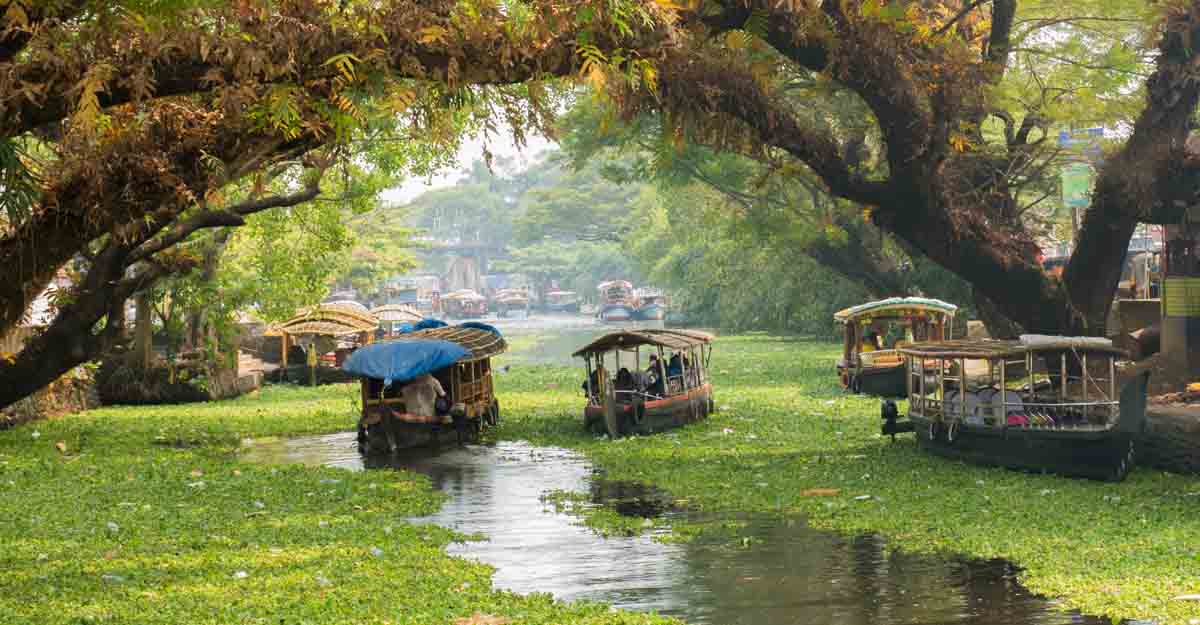
In the geological past, the Kuttanad region was a part ofthe shallow coastal area ofthe Arabian Sea. As a result of a geological uplift, a shallow bay was formed into which several rivers discharged.
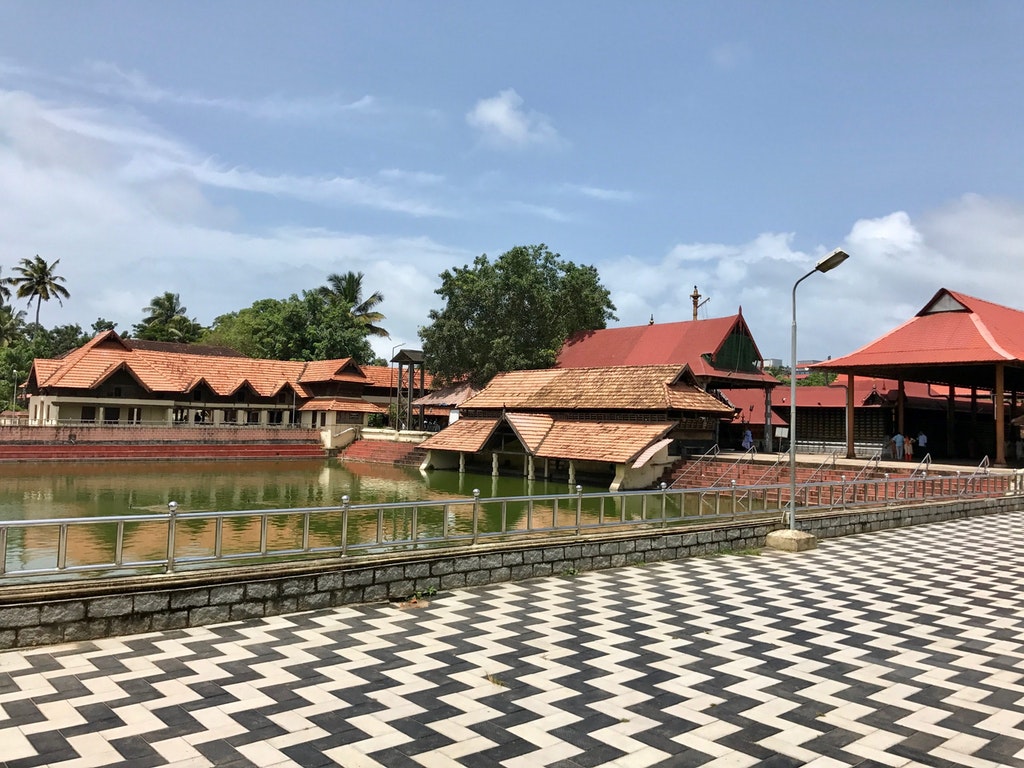
Ambalappuzha Sree Krishna Temple is a temple that is dedicated to Lord Krishna. The temple itself speaks for its rich architectural beauty which makes it one of the beautiful structures in Alappuzha.
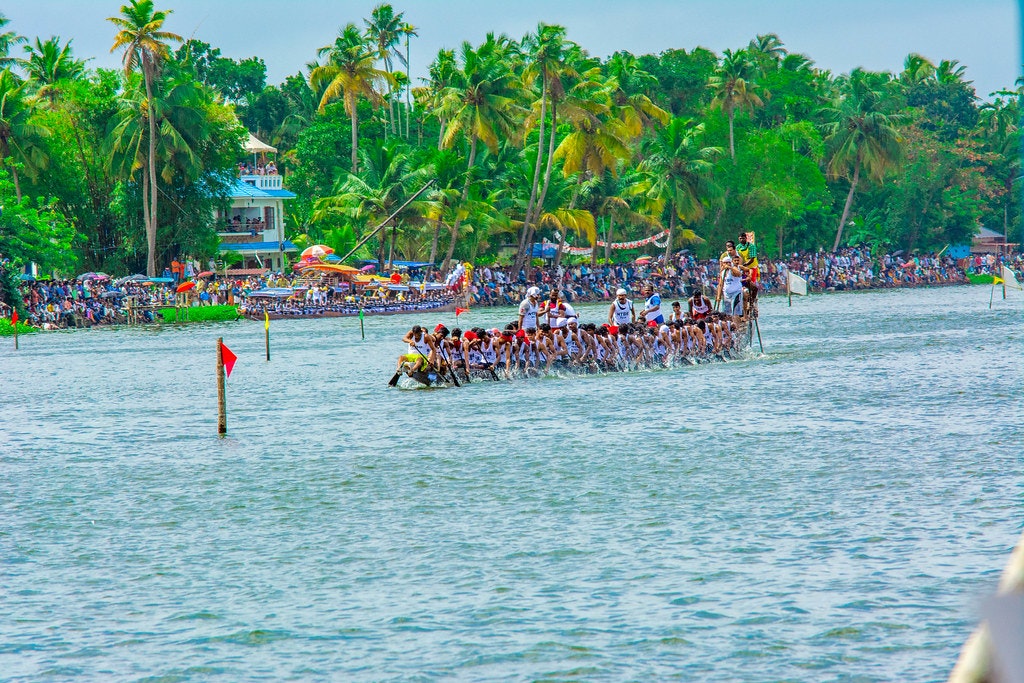
Snake boat race in Alleppey is yet another famous and exciting water sport that will be organized at different canals in Alleppey. One of the most famous snake boat races is the Nehru Trophy Snake Boat Race in Alleppey.